Clambroths
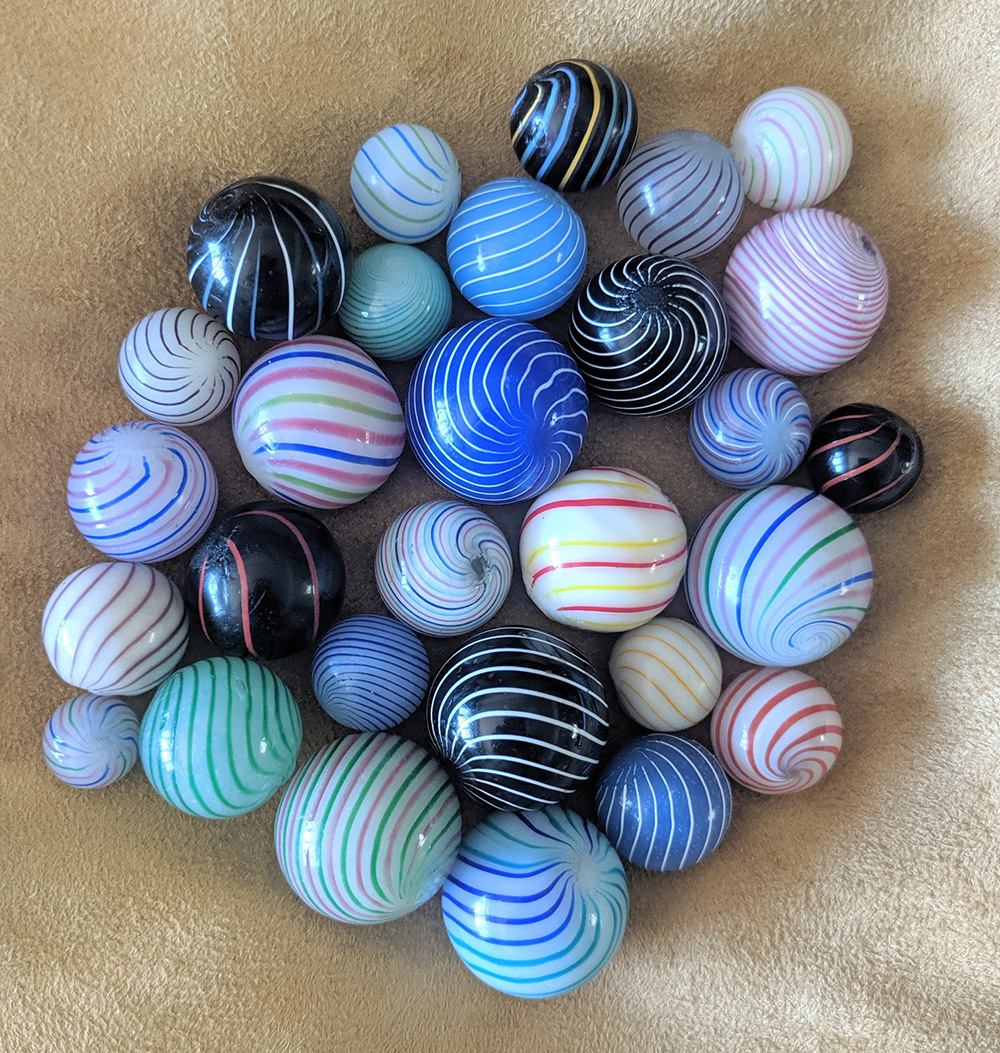
These German handmade marbles are distinguished by 6 or more surface threads or lines of usually a single color (red or pink, green, and blue ) over an opaque or semi-opaque milky white base glass matrix. There will be no clear surface glass over the lines. Since the milky white base glass sometimes resembled clam juice…they became known as a “clambroth.” White based clambroths are the most common and can vary in opacity from completely opaque white to nearly transparent base. Although there’s not much difference in value, transparent base clambroths are a little tougher to find.
Clambroths are early handmade marbles, generally constructed between 1850 and 1880, and because of this will have faceted pontils. Any clambroths made after 1880 will typically have rough unfaceted pontils.
Clambroths are a lighter weight & more brittle glass than most marbles and chipped easily and did not hold up well to play action, so did not become a favorite seller, therefore fewer were made.
Symmetry and spacing of the lines are important to collectors. If there are wider gaps or missing lines it will make the clambroth less desirable.
Most common sizes are 9/16-3/4”. Any clambroth over ¾” regardless of color will generate a premium. Clambroths are rarely found 7/8” or larger.
Clambroths with 2 or more color lines are more highly sought after. The more colors the better is a general rule. Certain colors are rarer than others. Yellow and Black are always rare colors, even if it’s a single color clambroth.
Base color other than white is uncommon. Black is the most frequently seen base color other than white, but generally carries a value of 50-100% higher than a white based clambroth. Black clambroths typically are seen with white bands, any colored bands on a black based clambroth would make it a rare marble.
Rare base color for clambroths is grey, tan and especially Blue! Commonly mistaken for blue based clambroths are semi-opaque white clambroths that have cobalt blue lines, that cause the base to take on a bluish hew (do not be fooled by this, it is NOT a blue based clambroth with cobalt bands). It is exceptionally rare to find any color other than white on a blue based clambroth. Also, any other color such as green or red is highly unlikely. Suspicion of counterfeit would be a first thought.
Cased Clambroths are a variety of clambroths constructed differently, and are generally work 2x that of a typical clambroth. They are constructed similar to an onionskin or a peppermint swirl with an inner clear core, then a thin layer of white glass with lines applied to the outside of that, then a casing of outer clear glass over the lines. It will have a “dark” spot in the center of the pontil from the shaded inner core of clear glass. If you look through the marble you will see the core is clear.
Rare line colors include yellow or black, which are rare regardless of the base color of the marble.
End of cane or left twist examples of Clambroths of any color type are rare!
Showing all 9 results
-

Clambroth With Pink
$130.00 Size: 9/16"
Condition: Mint
Grade: 9.6 -
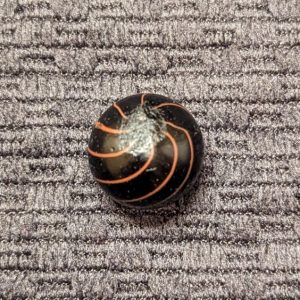 SOLD OUT
SOLD OUTRare Black Clambroth w/ 8 Red Lines
$350.00 Size: 5/8"-
Condition: Mint to Mint-
Grade: 9.4 -
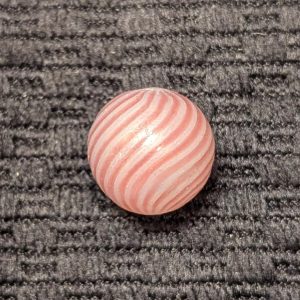 SOLD OUT
SOLD OUTClambroth with 18 Pink Symmetrically Spaced Lines
$145.00 Size: 9/16"+
Condition: Mint
Grade: 9.5 -
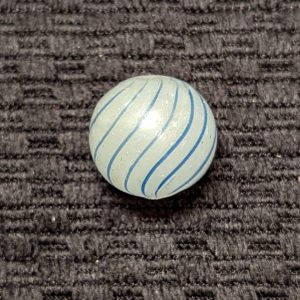 SOLD OUT
SOLD OUTClambroth with 12 Blue Parallel Lines
$125.00 Size: 11/16"
Condition: Mint
Grade: 9.6 -
 SOLD OUT
SOLD OUTClambroth with 12 Evenly Spaced Pink Lines ~ Wet Mint!
$155.00 Size: 9/16"
Condition: Wet Mint
Grade: 9.9 -

Rare 2-Color Peewee Clambroth with 12 Evenly Spaced Blue & Red Lines ~ Mint!
$250.00 Size: 1/2"+
Condition: Mint
Grade: 9.7 -

Rare Blue & Green Lines Clambroth
$320.00 Size: 19/32"
Condition: Mint
Grade: 9.5 -
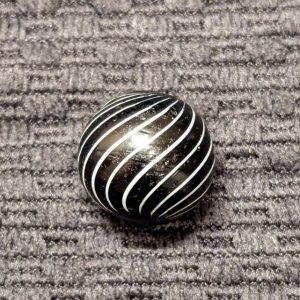 SOLD OUT
SOLD OUTHTF Black Clambroth with 17 Perfectly Symmetrical Lines!
$200.00 Size: 11/16" -
Condition: Mint Minus
Grade: 9.2 -
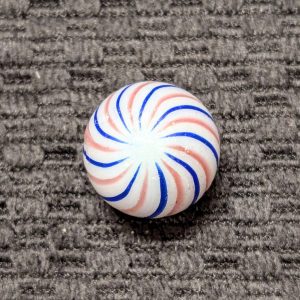 SOLD OUT
SOLD OUTRare 18 Blue & Red Lines Clambroth w/ Perfect Symmetry and Spacing!
$220.00 Size: 11/16"
Condition: Mint Minus
Grade: 9.35